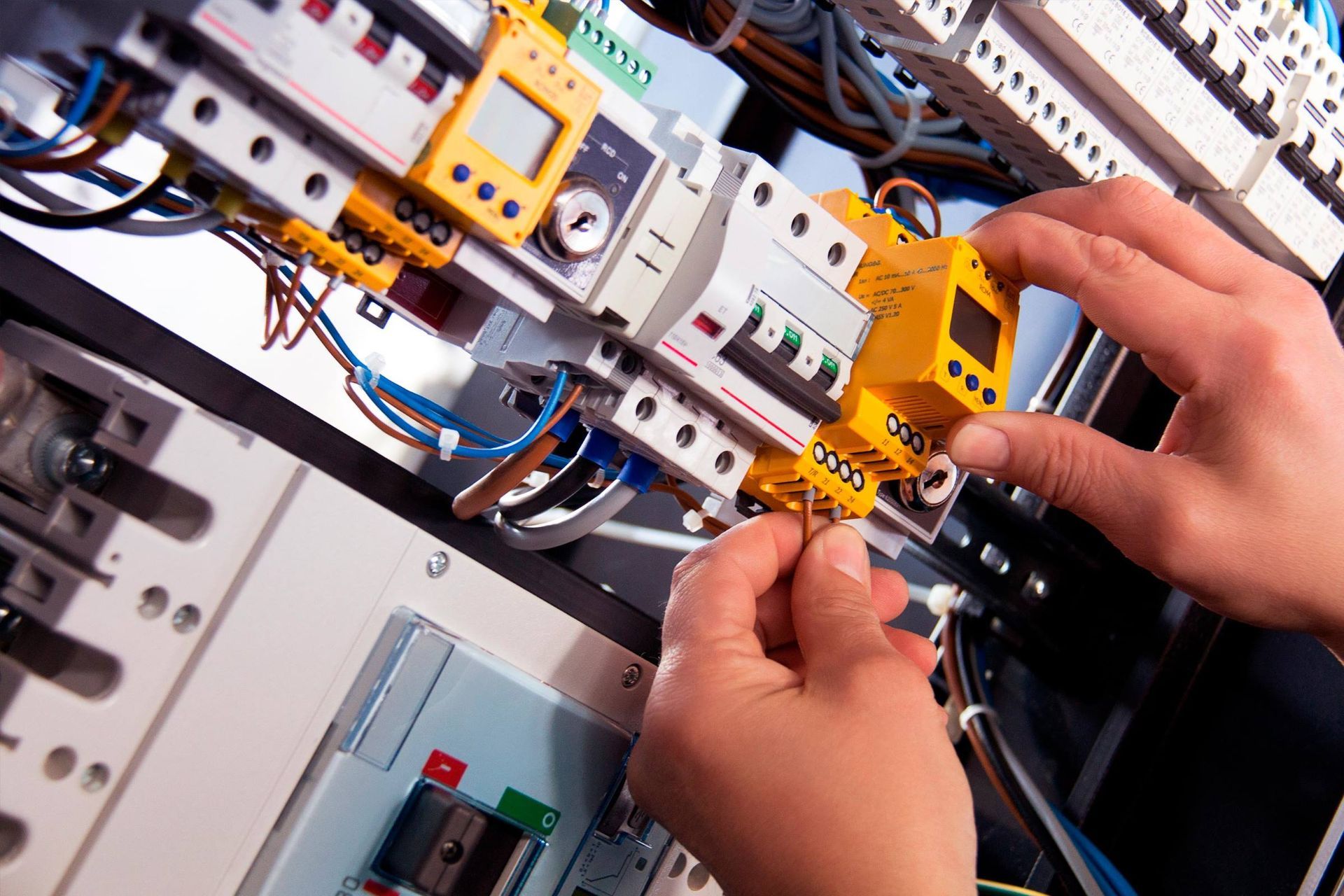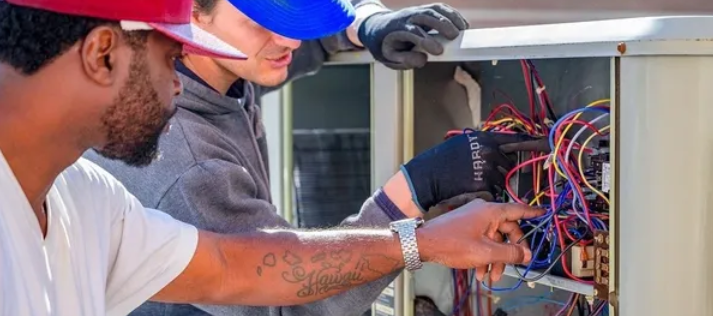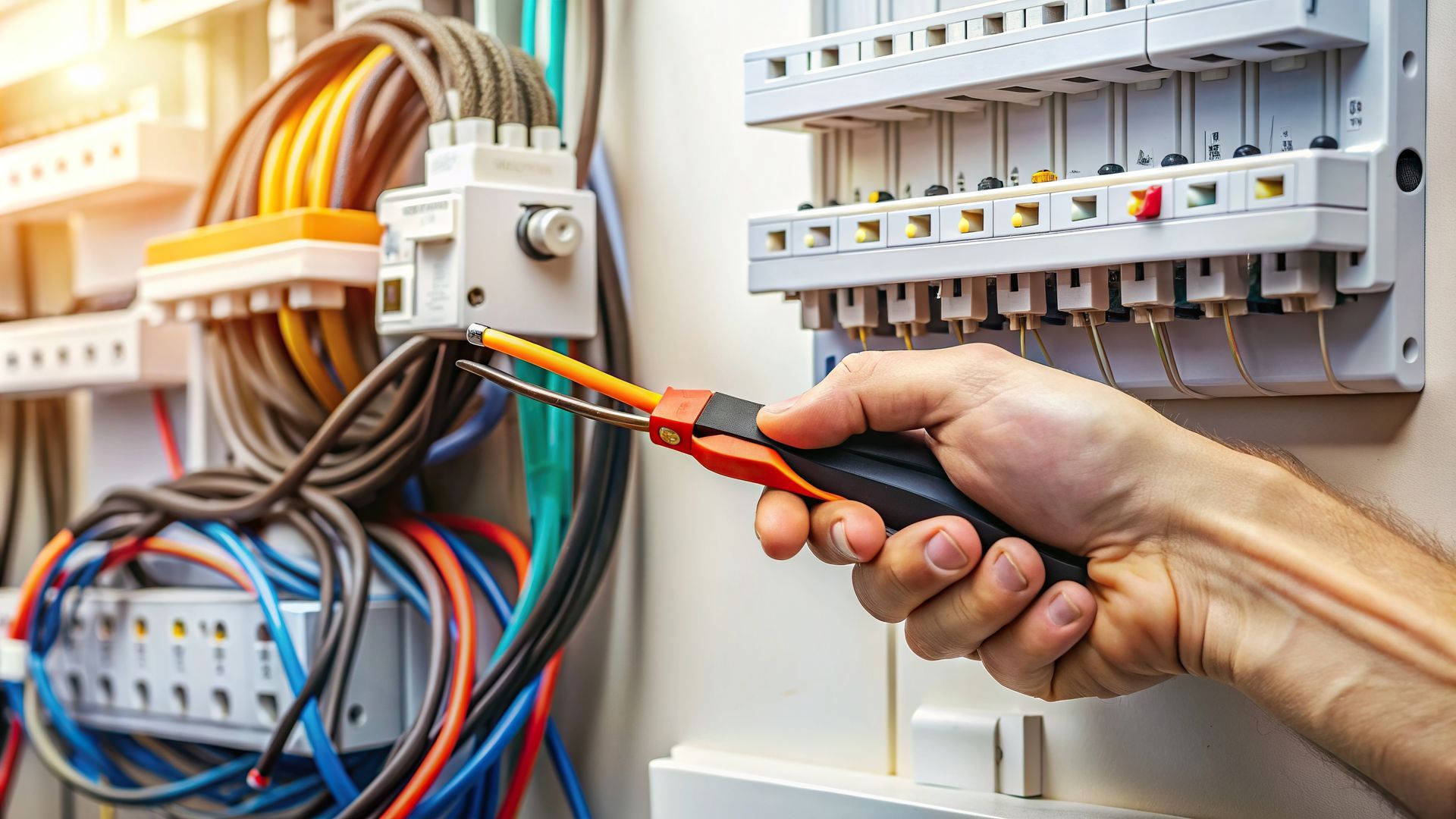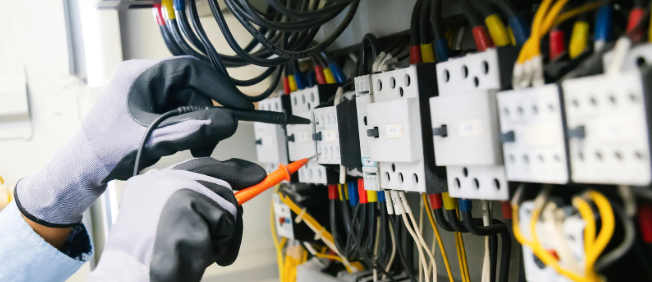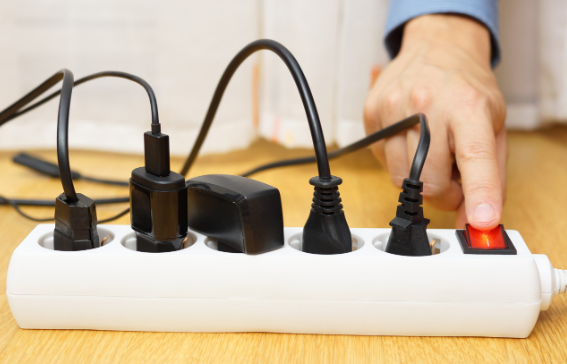Understanding Electrical Codes and Compliance in Ontario
Your Guide to Ontario's Electrical Codes and Compliance Requirements
Why Ontario's Electrical Codes Matter
In the world of electrical work, safety isn't just a recommendation—it's mandated by law. For Toronto and GTA property owners, understanding Ontario's electrical codes isn't just about avoiding fines; it's about ensuring the safety of your family, employees, and property. In Ontario, the enforcement of the Electrical Safety Code falls under the jurisdiction of the Electrical Safety Authority (ESA), which plays a central role in ensuring compliance across sectors.
At BradCon Electrical, we navigate these regulations daily, helping property owners maintain safe, code-compliant electrical systems. This guide will break down what you need to know about Ontario's electrical codes and compliance requirements, particularly with the recent implementation of the 2024 Ontario Electrical Safety Code.
The 2024 Ontario Electrical Safety Code: Now in Effect
The electrical industry in Ontario has experienced a significant update to its regulatory framework. The regulatory amendment to adopt the 2024 Ontario Electrical Safety Code (OESC) has been approved and came into effect on May 1, 2025, with all electrical work conducted after this date needing to meet the 2024 edition's requirements.
Key Updates in the Current Code
The 2024 OESC, which has been in effect for five months now, brings several important changes that affect both residential and commercial property owners:
- Electric Vehicle Supply Equipment (EVSE):
The code enhances Plan Review requirements to include submission for some electric vehicle supply equipment installations and revises demand load calculation for single dwellings with EVSE loads.
- Energy Storage Systems:
A complete rewrite of installation requirements for energy storage systems (ESS) in residential buildings has improved safety standards for home battery systems.
- Outdoor Receptacle Requirements:
The code adds requirements for outdoor receptacles for single dwellings to prevent electrical shock hazards.
- Maximum Load Labeling:
New requirements mandate labeling of maximum residential load to prevent future overloading.
- Energy Management Systems:
The code now recognizes other types of energy management systems beyond electric vehicle energy management systems.
These changes reflect the growing importance of electrification and new technologies in Ontario homes and businesses while enhancing safety standards.
Who Enforces Electrical Codes in Ontario?
The Role of the Electrical Safety Authority (ESA)
The Electrical Safety Authority serves as Ontario's primary regulatory body for electrical safety. The ESA's main role is to ensure all electrical work meets the Ontario Electrical Safety Code by performing inspections on mandatory electrical installations, repairs, and renovations for both commercial projects and home renovations.
Their responsibilities include:
- Conducting inspections of electrical work
- Licensing electrical contractors and master electricians
- Investigating electrical incidents
- Enforcing compliance with the Ontario Electrical Safety Code
- Educating the public on electrical safety
Licensing Requirements for Contractors
One of the most important aspects of Ontario's electrical regulatory framework is the licensing system. If you intend to offer electrical installation services to the public in Ontario, you must be licensed by the ESA—it's the law.
Licensed Electrical Contractors must:
- Carry valid liability insurance
- Have at least one designated Master Electrician
- Be registered with the Workplace Safety and Insurance Board
- Be in good standing with tax authorities
- Conduct business with honesty and integrity
For property owners, this means you should always verify that any electrician you hire holds a valid ECRA/ESA license. This seven-digit number should appear on their vehicles, business cards, and estimates.
The Notification and Inspection Process
When Permits Are Required
In Ontario, almost all electrical work requires notification to the ESA before work begins. The Ontario Electrical Safety Code requires almost all electrical work be reported to the Electrical Safety Authority by filing a notification of work (or "permit"), which creates a permanent record of the electrical work and triggers a review process.
Common work requiring notification includes:
- New installations
- Renovations involving electrical changes
- Service upgrades or panel replacements
- Installation of new circuits
- Outdoor wiring and swimming pools
- Generator installations
How Inspections Work
After filing a notification, the work will need to be inspected by an ESA inspector. If the work doesn't comply with the Ontario Electrical Safety Code, the Inspector will issue a "defect notice" outlining the necessary corrections, and if the work passes inspection, the ESA will issue a Certificate of Acceptance.
The inspection process typically involves:
- Filing the notification before work begins
- Conducting the work according to code requirements
- Requesting inspection when work reaches specific milestones
- Addressing any deficiencies identified by the inspector
- Receiving final approval and Certificate of Acceptance
This Certificate of Acceptance is crucial for insurance purposes, property resale, and peace of mind. Always keep a copy for your records.
Common Code Violations in Ontario Properties
Understanding frequent electrical code violations can help property owners recognize potential issues in their own buildings. Here are some of the most common violations we encounter in Toronto and the GTA:
Residential Violations
- Improper Receptacle Installation:
Although grandfathered in older homes, the current ESA code requires a receptacle for every 6 feet of usable wall space, a rule implemented because many fires were started by improperly used extension cords.
- Painted Receptacles and Switches:
Painted receptacles, switches, and cover plates violate ESA code because paint acts as an insulator that holds in heat, which can cause sparking and fires.
- Incorrect Aluminum Wiring Connections:
A common deficiency in homes with aluminum wiring is using the wrong receptacles and switches, as all aluminum wire must be attached to specific aluminum-rated devices.
- Missing GFCI Protection:
Bathrooms, kitchens, and outdoor areas require GFCI protection to prevent shock hazards.
- Unlabeled Electrical Panels:
Proper panel labeling is essential for safety during emergencies.
Commercial Violations
- Overloaded Circuits:
Commercial properties often face issues with too many devices on a single circuit.
- Improper Bonding: Whenever conductive metal could become energized, it needs to be properly bonded to reduce the risk of electric shocks if touched.
- Faulty Wiring:
Commercial properties may have unprotected, uninsulated wires, improper wiring lengths, or tight wires that can create safety hazards.
- Inadequate Workspace Clearance: Electrical panels require sufficient clearance for safe access and operation.
- Splicing Outside Junction Boxes:
Improper wire connections outside of proper enclosures create fire hazards.
Compliance for Different Property Types
Residential Properties
For homeowners in Toronto and the GTA, compliance with electrical codes primarily involves:
- Hiring only Licensed Electrical Contractors for work
- Ensuring notifications are filed for all electrical work
- Maintaining proper documentation of inspections
- Addressing any deficiencies promptly
- Understanding the requirements for specific installations (like hot tubs, pools, or EV chargers)
Commercial and Industrial Properties
Commercial property owners face additional requirements:
- More stringent safety standards for public spaces
- Regular electrical maintenance programs
- Specific requirements for emergency lighting and exit signs
- Documentation for fire and safety inspections
- Requirements for accessible controls and outlets
Penalties for Non-Compliance
The ESA takes enforcement seriously for both unlicensed work and violations by licensed contractors. The underground economy includes unlicensed contractors as well as licensed contractors and homeowners who deliberately refuse to comply with the Electricity Act and its Regulations.
Penalties can include:
- Administrative monetary penalties
- Orders to correct deficiencies
- Stop-work orders
- Prosecution through the courts
- Fines that can reach thousands of dollars
- Potential jail time for severe violations
Beyond official penalties, non-compliant electrical work can void insurance coverage, complicate property sales, and—most importantly—create serious safety hazards.
How BradCon Electrical Ensures Compliance
As a fully licensed electrical contractor serving Toronto and the GTA, BradCon Electrical is committed to maintaining the highest standards of code compliance and safety. Our approach includes:
- Staying current with all OESC updates and amendments
- Employing only qualified, licensed electricians
- Filing all required notifications with the ESA
- Ensuring thorough inspections of all work
- Maintaining detailed documentation for clients
- Conducting regular training on code requirements
- Providing clear explanations of compliance issues to clients
Adjusting to the 2024 OESC Implementation
The 2024 OESC has now been in effect since May 1, 2025, requiring all electrical work to comply with the new standards. As we approach the end of 2025, here's what property owners should know:
- Understand the New Requirements:
If you haven't had electrical work done since May, make sure you're familiar with the new standards that apply to your property.
- Review Existing Systems: Even if no immediate work is planned, it's worth evaluating whether your current electrical systems align with the latest safety standards.
- Update Documentation:
Ensure all documentation for work completed this year notes compliance with the 2024 OESC.
- Plan for Upgrades:
With winter approaching, now is an excellent time to assess if any electrical systems need updates to meet the current code.
- Consult with Experts:
Our team at BradCon is fully versed in the 2024 OESC implementation and can help you understand how it applies to your specific property.
Taking the Next Step Toward Compliance
Understanding electrical codes can seem overwhelming, but working with knowledgeable professionals makes the process straightforward. At BradCon Electrical, we help Toronto and GTA property owners navigate compliance requirements while ensuring the highest safety standards.
Whether you're planning a renovation, concerned about potential code violations, or simply want to ensure your property is up to current standards, our team of licensed professionals can help. Contact us at (416) 881-4212 to discuss your electrical compliance needs or to schedule an inspection of your property's electrical systems.
Frequently Asked Questions
How often does the Ontario Electrical Safety Code change?
The Ontario Electrical Safety Code is typically updated every four years. The OESC is revised approximately every four years in alignment with the latest edition of the Canadian Electrical Code, incorporating changes based on emerging technologies, incident data, and evolving best practices. The most recent update is the 2024 OESC which came into effect on May 1, 2025.
Can homeowners do their own electrical work in Ontario?
Yes, homeowners who are on the title of their property can legally perform electrical work in their own homes. However, even as an on-title homeowner doing your own electrical work, you must take out an Electrical Safety Authority (ESA) permit and have an inspector check your work. For safety reasons, most homeowners are better off hiring a Licensed Electrical Contractor.
What happens if electrical work is done without proper permits in Ontario?
Unpermitted electrical work can have serious consequences. If you have an unlicensed person do electrical work in your home and you experience a house fire, the insurance company may not cover the damage, as you must be able to show proof that a Licensed Electrical Contractor did the electrical work. Additionally, you may face fines and be required to have the work inspected and possibly redone.

